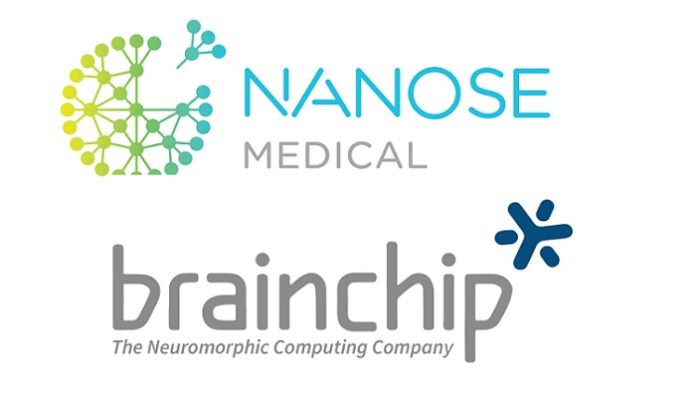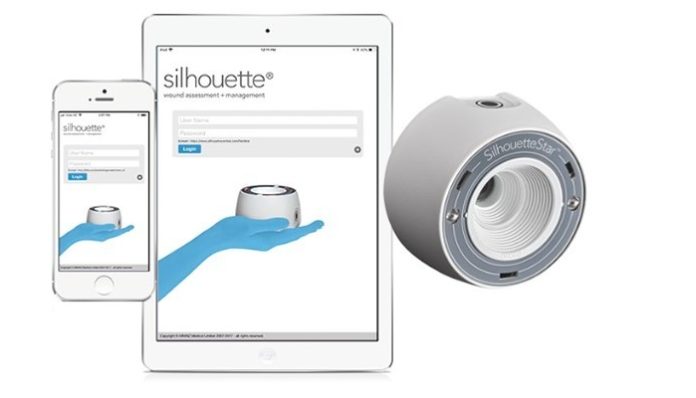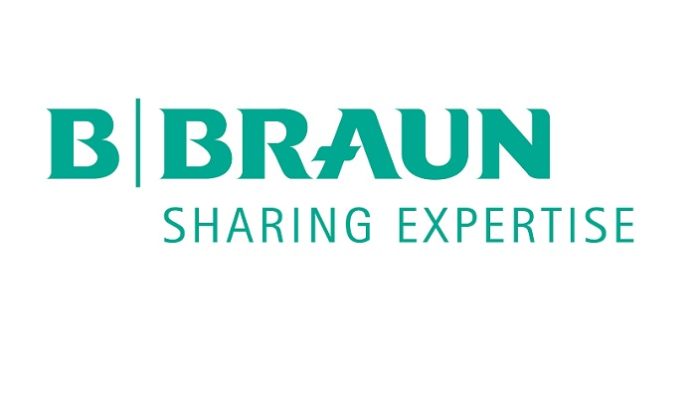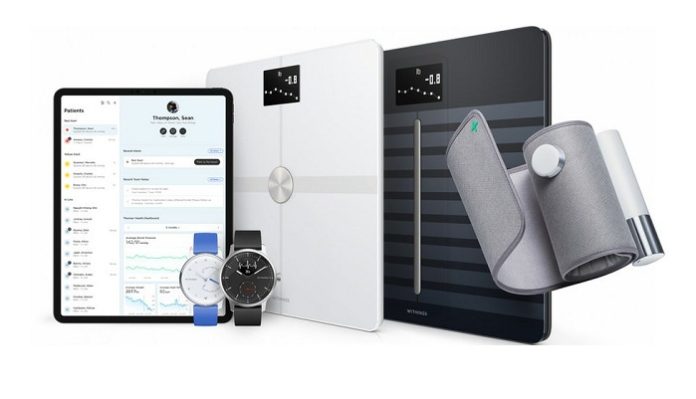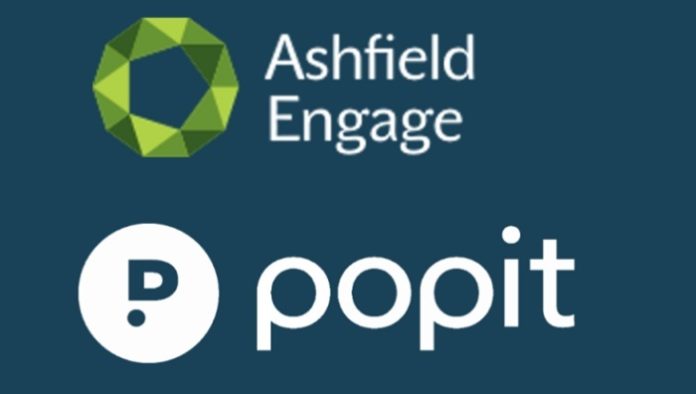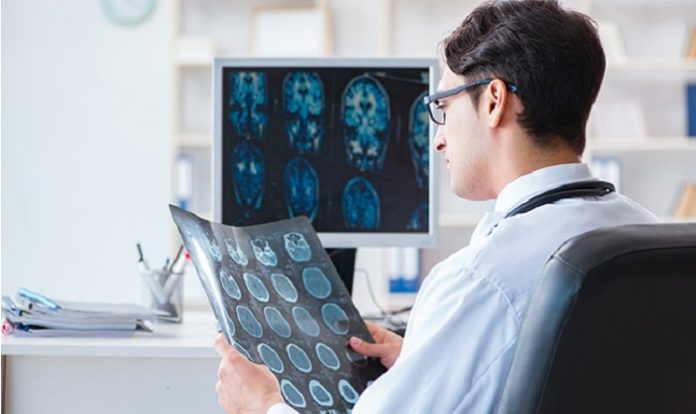BrainChip Holdings Ltd, a leading provider of ultra-low power high performance artificial intelligence technology, today announced progress in testing with the NaNose (Nano Artificial Nose) where patients’ exhaled breath samples were tested for COVID-19.
NaNose Medical technology, based on the artificial nose developed at the Technion Israel Institute of Technology, has the same sensitivity to minute quantities of Volatile Organic Compounds (VOCs) as a dog’s nose. It has been tested by the Technion since 2017 to identify diseases including Parkinson’s, cancers, kidney failure, multiple sclerosis and infectious diseases such as COVID-19. NaNose Medical collected samples from 130 patients and sent nanomaterial sensor data to BrainChip’s Research Institute in Perth, Western Australia, which configured and trained its Akida™ neuromorphic processor to interpret the data using AI/ML. The system detected the instances of COVID-19 between a disease group and a healthy control group and Akida learned to recognize patterns of VOC biomarkers associated with an infection within seconds with a high level of accuracy in a minimal time frame. NaNose Medical is currently collecting samples from three primary worldwide locations and will work with BrainChip to evaluate the data.
A study in China confirmed that breath sensor data is more accurate than the reverse transcription polymerase chain reaction (RT-PCR) test typically used. Accurate testing is key at early stages, even before symptoms manifest, and after treatment before patients are discharged into their communities.
Using the NaNose Medical sensor array to collect the data, and Akida to perform the diagnosis, can have a higher rate of reliability than current testing methods and poses less risk to medical professionals because no saliva or mucus samples are collected. COVID-19 is known to be spread through respiratory droplets, and more recently has been confirmed to be airborne.
Because Akida’s “Edge AI” is a complete neural processor that does not require an external CPU, memory, or Deep Learning Accelerator (DLA), and because it is ultra-low power, it offers a realistic opportunity for an inexpensive hand-held diagnostic testing tool akin to a breathalyzer.
“Artificial intelligence in medicine and healthcare is an emerging field and one in which we are eager to contribute with our edge AI processing solution at the Edge, for the benefit of science and humanity,” said Louis DiNardo, BrainChip CEO. Both Louis DiNardo, Brainchip CEO and Orit Marom Albeck, NaNose Medical CEO said: “Using the NaNose Medical artificial nose, and Akida’s artificial brain, is a potential breakthrough in accurate, fast, inexpensive, widespread testing with the potential to control outbreaks and reduce this disease’s death toll.”
AI/ML is transformational in medical and healthcare, from bioscience research and pathology to primary care. Akida neuromorphic computing and advanced neural networking processors support new and evolving uses such as identifying disease markers in blood or breath, detecting abnormalities in X-rays, CT scans, and MRIs, cancer diagnostics, device/sensor data, and more.
Akida brings artificial intelligence to the edge in a way that existing technologies are not capable of. The solution is high-performance, small, ultra-low power and enables a wide array of edge capabilities. The Akida Neuromorphic System-on-Chip, licensable IP, and Akida Development Environment machine learning framework are targeted for applications and devices including Smart Home, Smart City, Smart Healthcare and Smart Transportation.
About Brainchip Holdings Ltd
BrainChip is a global technology company that is producing a groundbreaking neuromorphic processor that brings artificial intelligence to the edge in a way that is beyond the capabilities of other products. The chip is high performance, small, ultra-low power and enables a wide array of edge capabilities that include on-chip training, learning and inference. The event-based neural network processor is inspired by the spiking nature of the human brain and is implemented in an industry standard digital process. By mimicking brain processing BrainChip has pioneered a processing architecture, called Akida™, which is both scalable and flexible to address the requirements in edge devices. At the edge, sensor inputs are analyzed at the point of acquisition rather than through transmission via the cloud to a data center. Akida is designed to provide a complete ultra-low power and fast AI Edge Network for vision, audio, olfactory and smart transducer applications. The reduction in system latency provides faster response and a more power efficient system that can reduce the large carbon footprint of data centers.

















